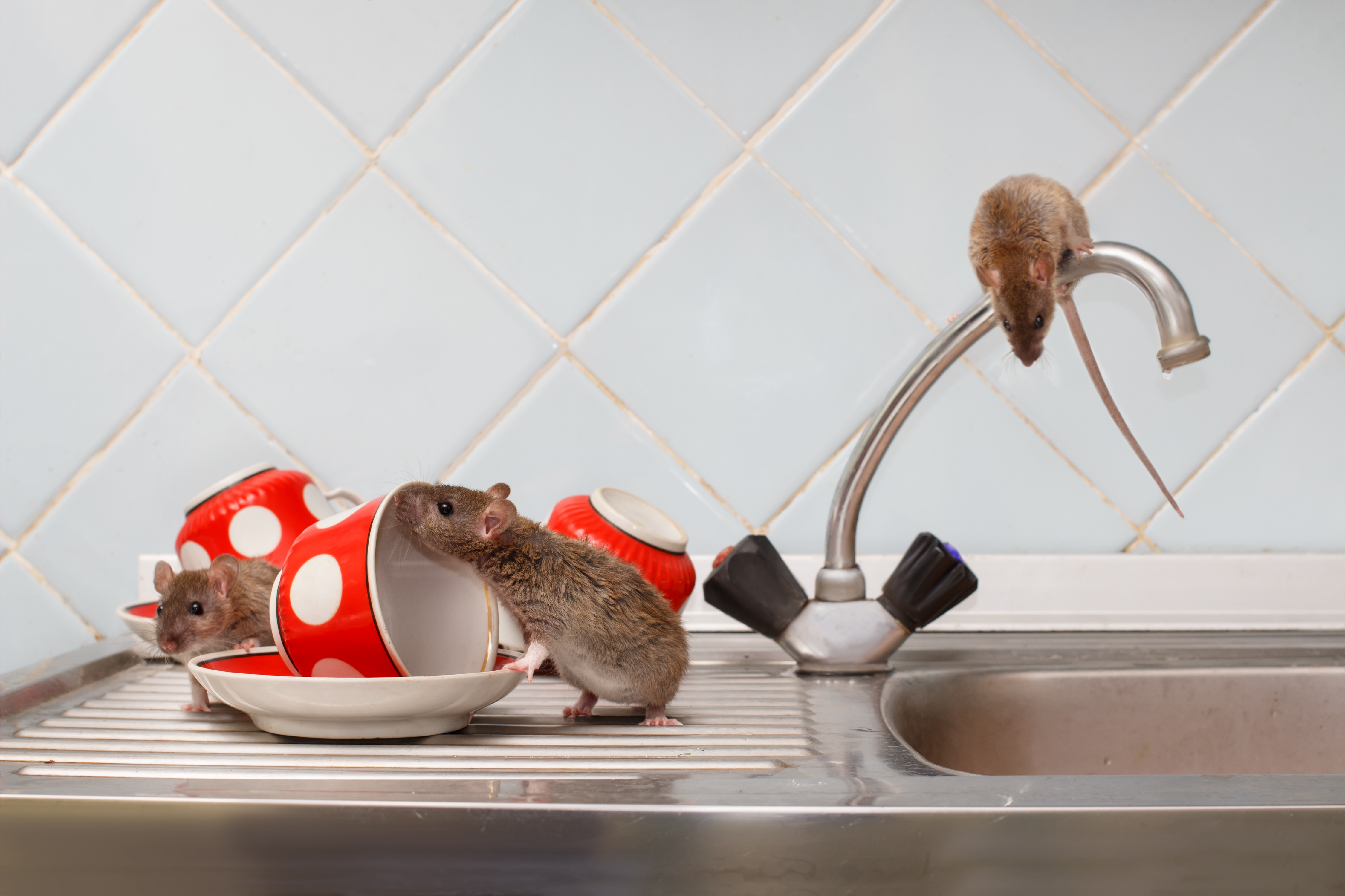If you’ve been in the game a while, you’ve been there before. And if you haven’t, it’s quite likely you will sometime in the future. Let’s look at why ‘spray and pray’ could cost you more than it’s worth. Let’s talk about the importance of a formal pest identification and treatment plan.
You’re busy, the phone rings, and the customer, clearly distraught, needs an ‘immediate spray’… “I’ve got bugs everywhere; I’ve been spraying them, but they won’t go away. Can you spray them with some strong stuff while the kids are at school?”.
You know from your training that the ‘label is the law’ and that you need to identify the pest and formulate a treatment plan. However, you only have one spare hour in the next week and might find yourself thinking “what could it hurt? 200 bucks is 200 bucks!”.
Formal identification
Let’s take a step back. You already know the correct procedure.
Inspection and identification will allow you to formulate a pest management plan that includes what products you can use, where you can use them and how you can apply them. It also enables you to plan for environmental changes to compliment your treatment – all while keeping the safety of yourself and the client at the forefront.
But why, you may ask. Perhaps you’ve sprayed ‘x’ product in similar places for other pests and never had an issue.
The Australian Pesticides and Veterinary Medicines Authority (APVMA) has strict product performance and safety guidelines. These ensure product manufacturers can produce a product that will not only work but is safe for its intended use.
This is the reason that the product label specifies what pest it is suitable for, the application rate at which it should be used and in what circumstance you can use it.
If the pest has not been identified and therefore might not be listed on the label, the fact that the treatment might not work is the least of your worries. You are putting at risk the safety of you and your client as well as the environment. This misconduct can result in large fines and the loss of your pest control licence by your state or territory regulator.
You need to conduct a formal pest identification, then undertake a risk assessment for the activity before formulating a treatment plan to suit.
Legal responsibilities
Let’s start with performance.
If you provide a professional service in Australia for a fee you are bound by consumer law. The Australian Competition and Consumer Commission (ACCC) website states ‘Under the Australian Consumer Law, when you buy products and services they come with automatic guarantees that they will work and do what you asked for’ (i.e. what you have said your treatment will do).
Therefore, if your service does not work, you either must ‘repair, replace or refund’.
Don’t make the mistake of thinking “that’s fine, I’ll just give them the money back if it doesn’t work”. There can also be unintended consequences. These include reputational damage, financial damage (you might even be better off going broke while fishing) and the fact that this might not be where it ends.
That leads us to legalities and safety.
Legal ramifications
So, what are the consequences of using a chemical ‘off label’? If you are not familiar with your state’s/territory’s acts and regulations governing the use of pesticides (e.g. the Pesticides Act in NSW) , I’d suggest you get familiar.
Heavy fines can be applied for off label use of pesticides. And if that use results in environmental or health damages, I hope you have plenty of spare ‘0’s’ in your cheque book.
As an experienced professional indemnity and general liability insurer for the property services sector, Rapid Solutions has seen this happen time and again.
As a trainer with Rapid Training, I am aware of instances where companies have been closed down for blatant off label use and where fines of $80,000+ were imposed for a case where environmental harm was caused.
Another issue is a claim may be made against you for clean-up costs or personal injury. Large costs often come with court cases, environmental clean-up and damages claims.
As a pest manager, you are in a professional industry. You have the potential to cause a lot of harm if you do your job incorrectly, or a lot of good if you do it correctly.
best practice is best
Laws, codes of practice and best practices such as the safe mixing and measuring of chemicals and professional record keeping are all there to ensure you do your job well. Your ultimate goal is to improve your clients’ quality of life and make it home safely, day in, day out.
Familiarise yourself with these best practices then execute them, check your labels every time (as they can change) and get your paperwork right. Understand the importance of a formal pest identification and treatment plan.
And remember – if you are insured with Rapid Solutions, you can contact the team and get technical advice for FREE!
This article was written by Trent Chapman, trainer with Rapid Training.

